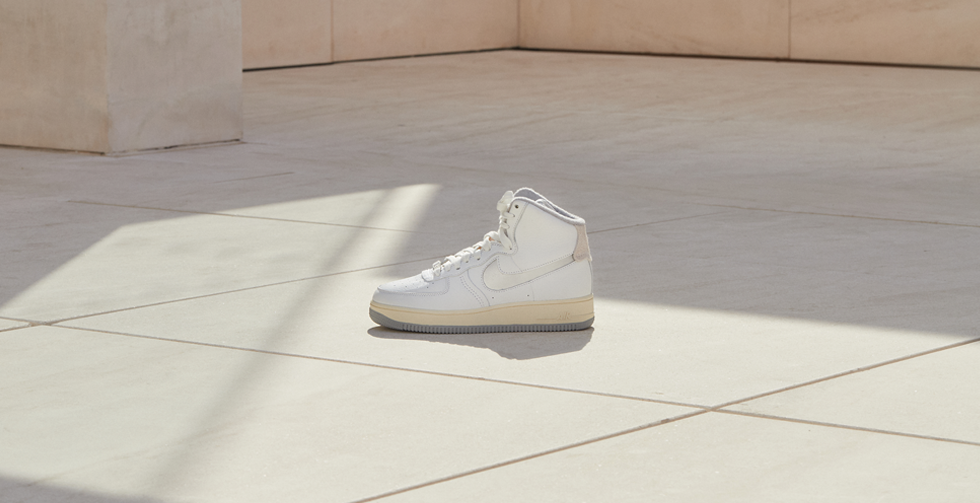

Nike
Winning isn't for everyone.
adidas
Impossible is nothing.
ASICS
Sound Mind, Sound Body.
Jordan
Our turn.
New Balance
We Got Now.
On
Keep on dreaming.
PUMA
Forever Faster.
Saucony
Run for good.
HOKA
FLY HUMAN FLY.
Salomon
Tomorrow is Yours.
Mizuno
Reach Beyond.
Converse
YOU BELONG.
Reebok
Life is Not a Spectator Sport.
Vans
Off The Wall.
- Nike
- Air Max 95 x WORKSOUT
- "Medium Olive & Sequoia"
- Nike
- Air Max 95 x WORKSOUT
- "Black & Anthracite"
- New Balance
- 740 x atmos Pink
- "Pink Vacation"
- New Balance
- 1000 x Concepts
- "Míle"
- Nike
- Astro Grabber x Bode
- "Black"
- Nike
- Air Max 95 x Corteiz
- "Honey Black"
- Nike
- Astro Grabber x Bode
- "Chlorophyll"
- Nike
- Air 180 x Apron Records
- "Bloodline"
- Nike
- Air 180 x Apron Records
- "Vortex"
- ASICS
- Gel-Kayano 14 x A.P.C.
- "Midnight & Indigo Fog"
- €200
- ASICS
- Gel-Kayano 14 x A.P.C.
- "White & Pure Silver"
- New Balance
- 992 Made in USA x Joe Freshgoods
- "Aged Well"
- Jordan
- 4 Retro OG x Nigel Sylvestre
- "Brick by Brick"
- Nike
- Air Max Dn x Isamaya Ffrench
- "Light Chocolate"
- €107.99
- Nike
- Air Max 95 x A Ma Maniére
- "While You Were Sleeping"
- ASICS
- Gel-Kayano 14 x Sneaker Politics
- "Just Say No"
- Nike
- Us Force 1 x Lil Yachty
- "Concrete Boys"
- Jordan
- 1 High '85'
- "Bred"
- Nike
- Air Max Dn x Isamaya Ffrench
- "Bio Beige"
- €107.99
- Nike
- Air Max SNDR x Kids of Immigrants
- "Sunrise"
Gel-Kayano 14
From high-performance running shoe to fashion icon.
Field General
Recreating a historic sports shoe.
GT-2160
An epic comeback fuelled by collaborations.
1906
A bold blend of function and style.
Gel-Kayano
Toshikazu Kayano creates an epic running shoe.
Adizero
Adidas’ groundbreaking running shoes shape the sporting world.
Vaporfly
Nike’s historic marathon shoe begins a new era of distance running.
Alphafly
Nike’s cutting-edge innovation drives distance-running technology.
9060
Reinterpreting iconic Y2K running shoes.
Gel-1130
From humble stability shoe to sought-after fashion item.
2002R
A modern revival of a heritage running shoe.
V2K Run
Reviving the Y2K running shoe in a stylish new package.
Gel-NYC
A bold partnership between two high-class global brands.
P-6000
Connecting the past and present of sneaker culture.
Shox
Putting the ‘boing’ into Nike’s cushioning.
990
A flagship sneaker that has stood the test of time.
Handball Spezial
A humble piece of athletic footwear becomes a classic adidas Original.
Air Max Sunder
An eccentric design from Nike’s ambitious Alpha Project.
SL 72
A slim, lightweight running shoe returns after 50 years as an iconic adidas Original.
Mercurial
From R9 to Mbappé, this skillful shoe has graced the feet of the most mercurial talent.